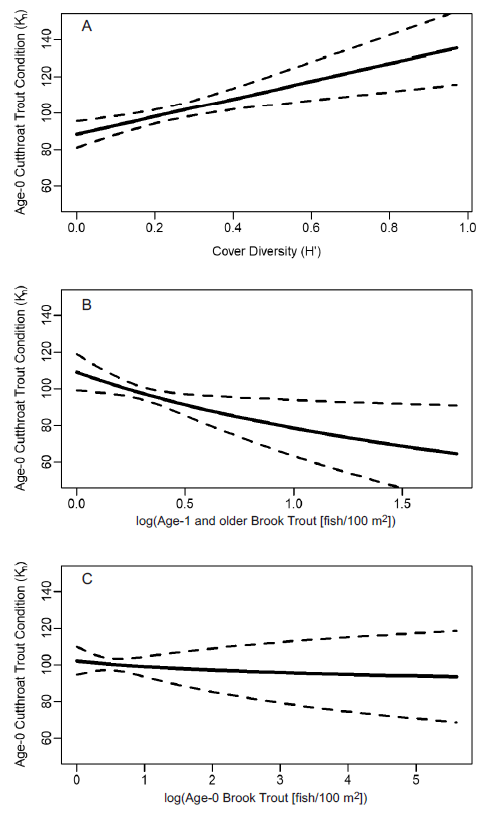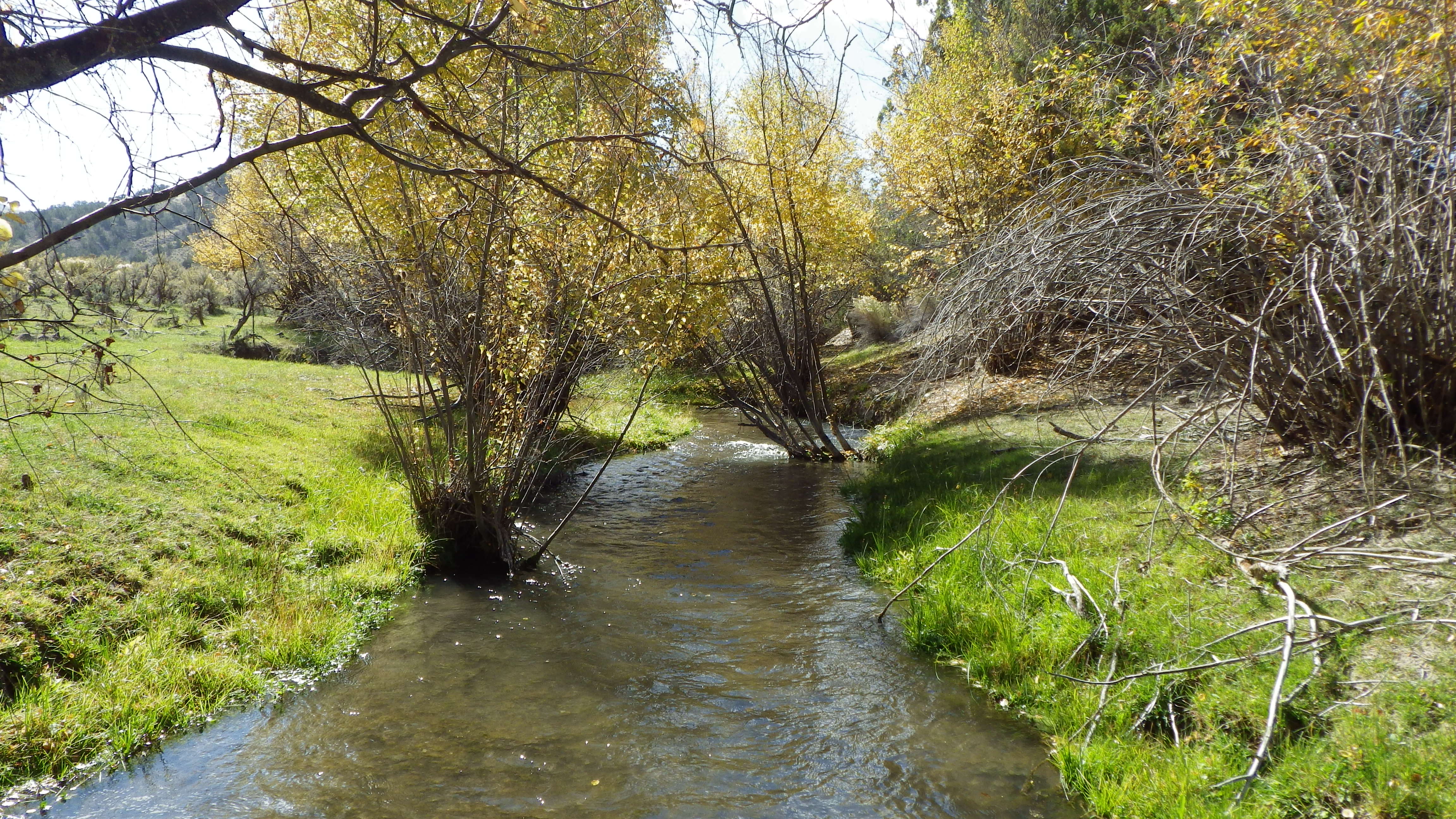
The Goose Creek basin in Idaho contains the western-most Yellowstone cutthroat populations in the Snake River drainage. TU has worked in the basin with the Bureau of Land Management and other partners to evaluate linkages between habitat diversity, coldwater fisheries, and a rare minnow and implement restoration activities to improve habitat conditions.
Resources
The Goose Creek subbasin in the Upper Snake River Basin has a diverse native fish assemblage reflecting the presence of rare non-game species and peripheral populations of Yellowstone cutthroat trout. This assessment examines linkages between native fishes and their habitat in the Goose Creek subbasin with several key findings: fish diversity is linked to habitat diversity, and habitat diversity is linked to stream condition; various elements of habitat complexity are important to several native fishes at different spatial scales; and land management focused on riparian and stream health is important in maintaining the habitat complexity important to fish community diversity and sensitive fish species that are rare in the Upper Snake River Basin.
Fish and habitat surveys in the Goose Creek watershed show fish diversity increases in response to diversity in flows, depths, cover, and substrate, and that streams in poorer condition (from roads, grazing, etc.) have low habitat diversity. Storyboard here.
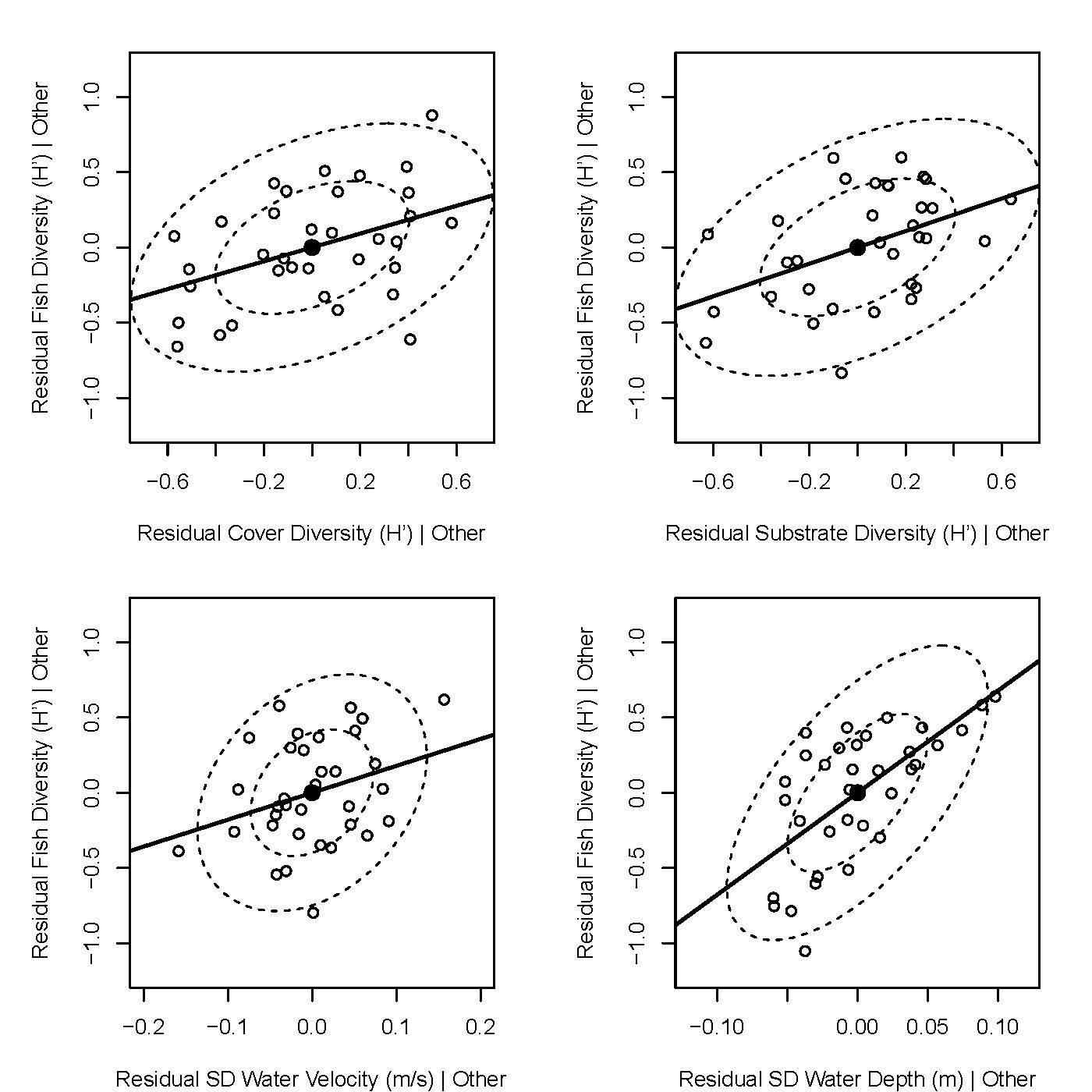
The northern leatherside chub has a patchy distribution across its range and has anecdotally been observed to occur in stream reaches with high habitat complexity. In this study we showed leatherside chubs in Goose Creek occur in areas with high streamflow complexity and that streamflow complexity is often higher when there are active or abandoned beaver dams present, thus confirming anecdotal observations made by others.
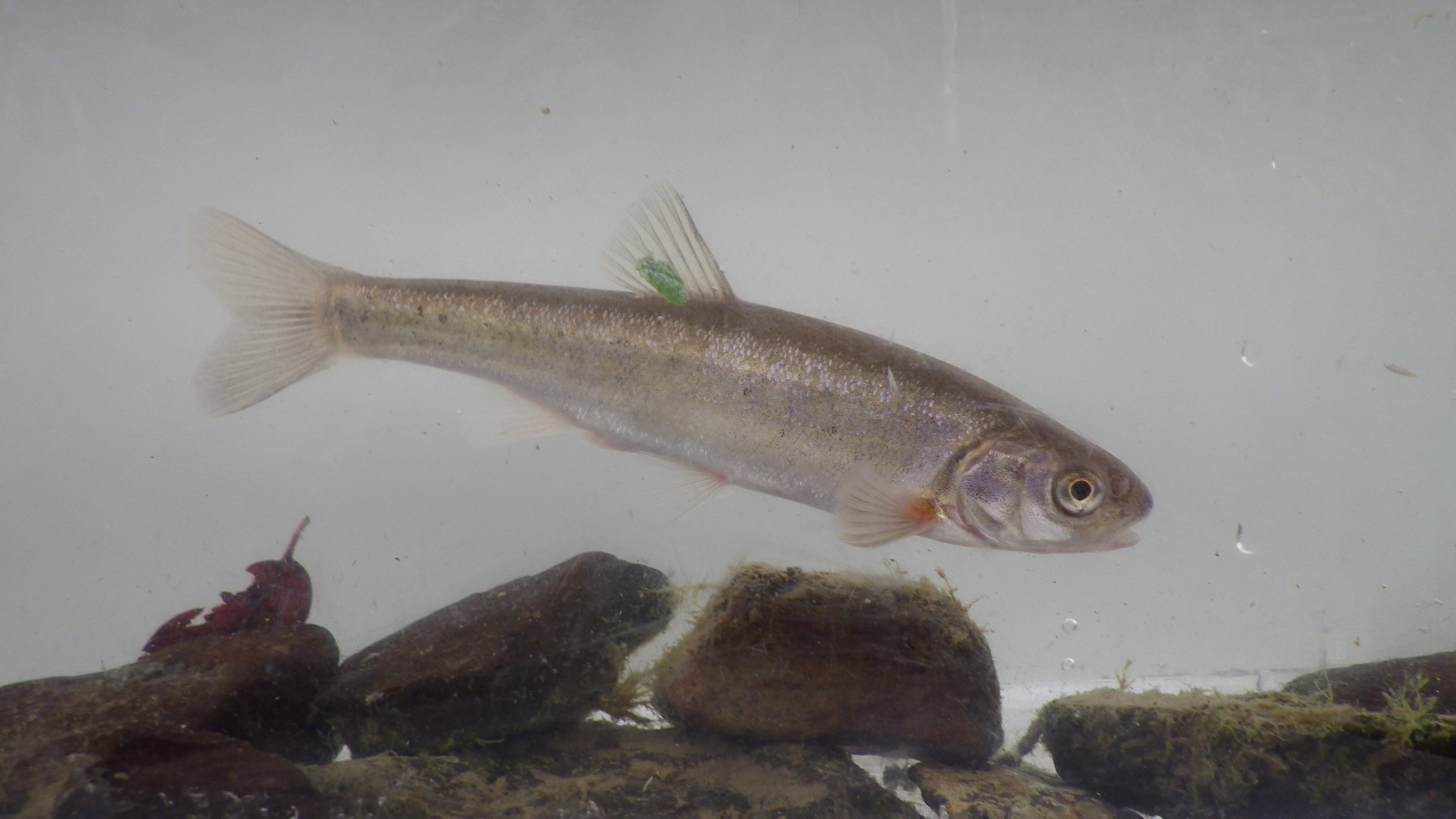
Yellowstone cutthroat trout rarely occur in sympatry with brook trout in the Goose Creek watershed, and when they do, age-0 cutthroat trout are commonly in poor condition (low weight per unit length). This suggests age-0 brook trout outcompete age-0 cutthroat trout, as has been shown elsewhere across the West where introduced brook trout have widely displaced native cutthroat trout populations.
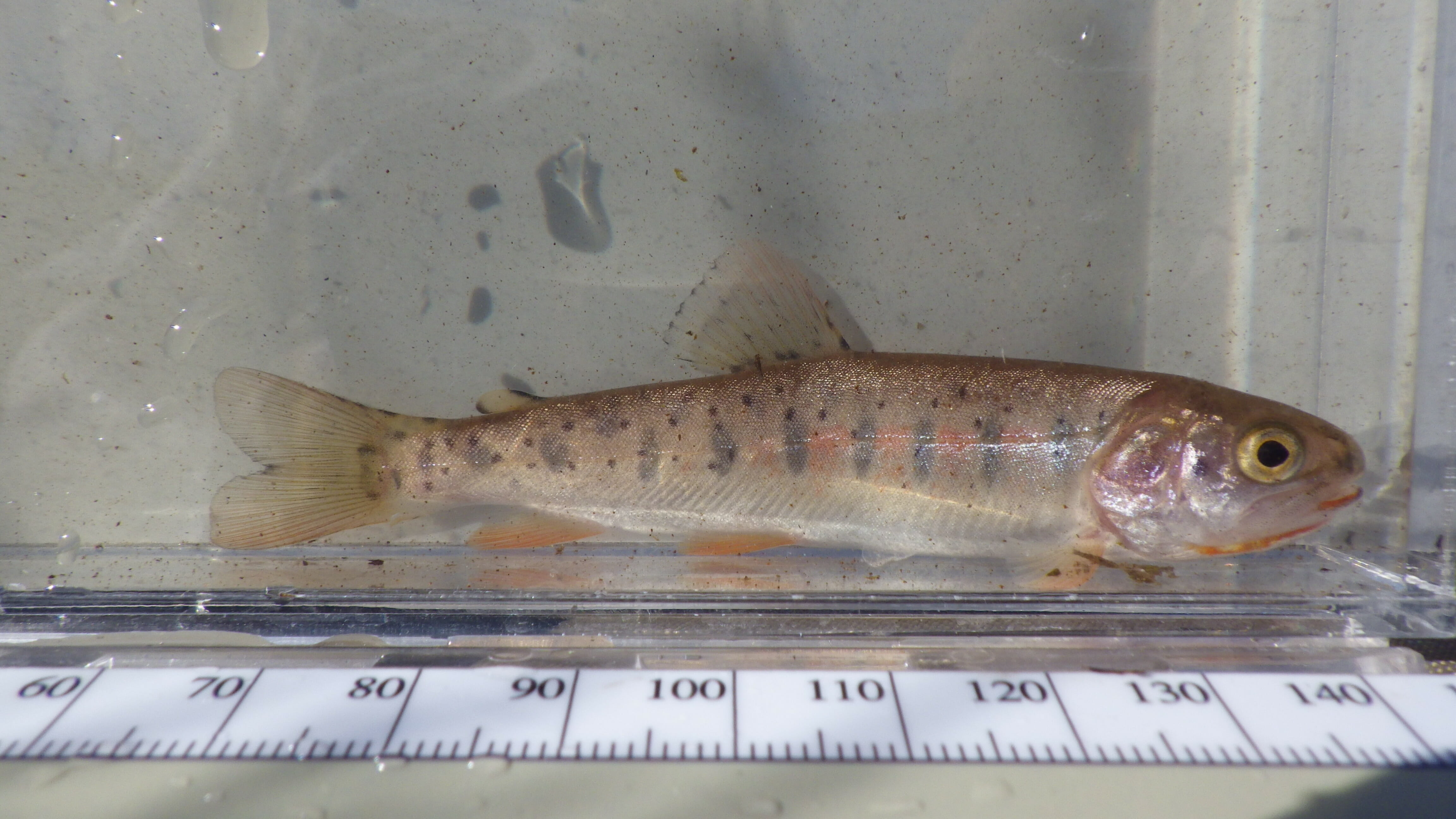
We found sensitive species like northern leatherside chub select for areas within streams that have overhead cover, which often is in the form of mature woody riparian vegetation and flow complexity associated with beaver dams.
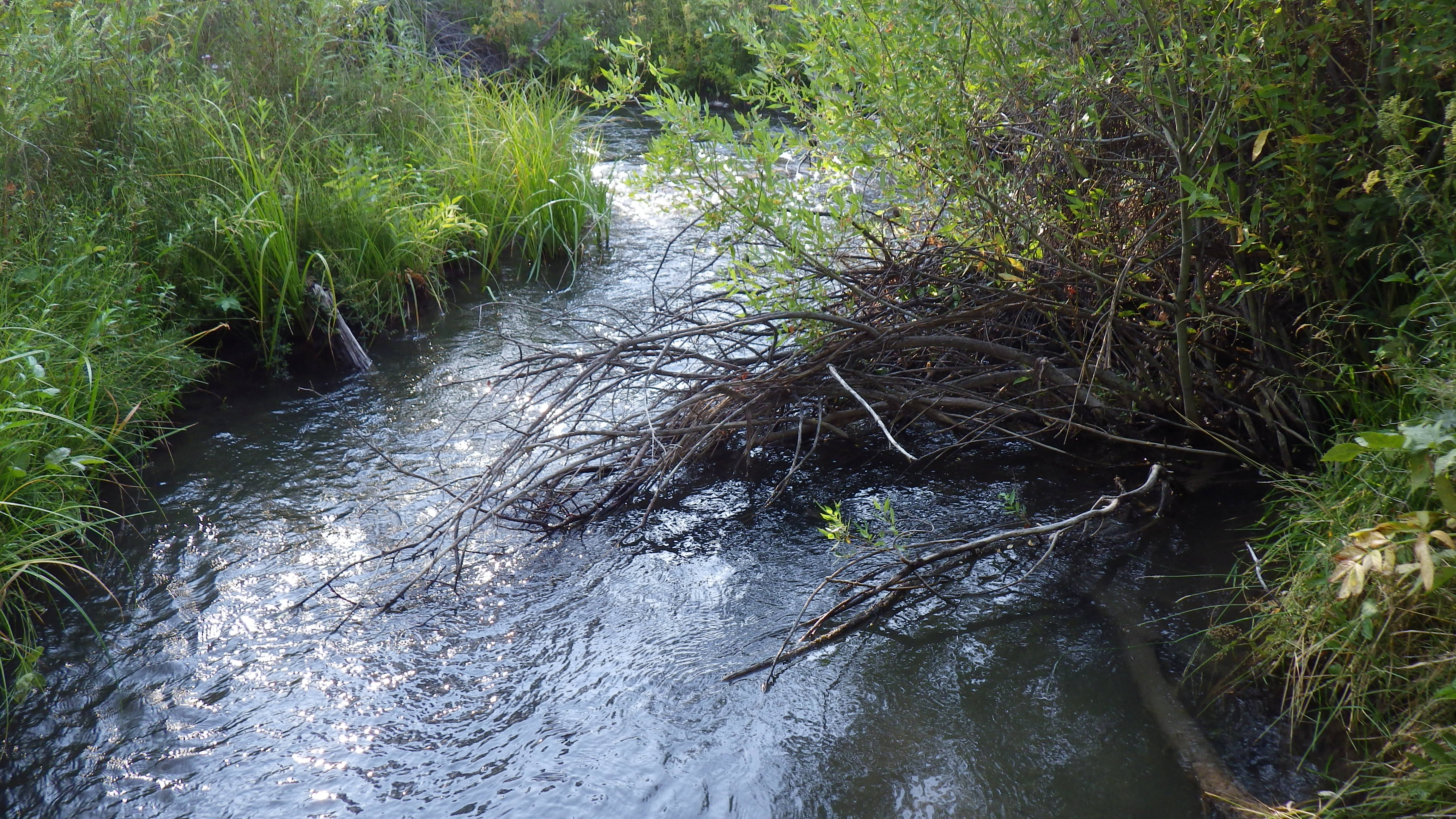
We found riparian exclosures in the Goose Creek Group Allotment to benefit woody riparian vegetation but not all aquatic biota are typically influenced by watershed-scale factors. Thus, riparian exclosures should be one of several grazing management tools implemented simultaneously to promote and improve stream health at larger scales relevant to most aquatic biota in the presence of livestock grazing.

Goose Creek represents the western extent of the range of Yellowstone Cutthroat Trout. In this peripheral watershed, we found Brook Trout to negatively impact Cutthroat Trout abundance and body conditions, similar to that shown elsewhere. However, aspects of physical habitat diversity offset this negative interaction to a certain degree, suggesting that habitat restoration may play an important role in mediating the negative impact of Brook Trout on Cutthroat Trout and potentially facilitate sympatry (coexistence) where Brook Trout eradication is not feasible.
